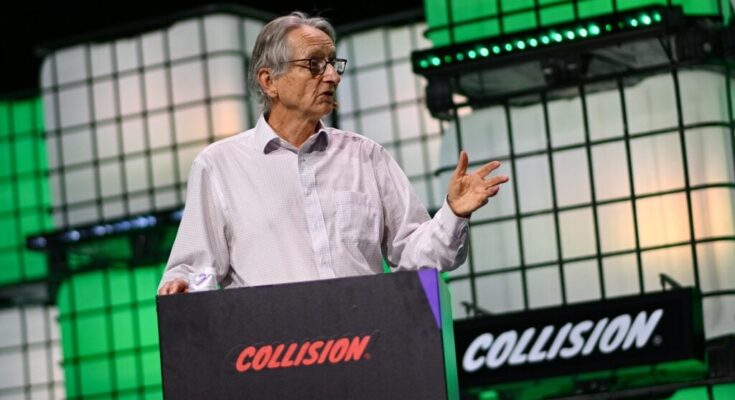
Two scientists were awarded the Nobel Prize in Physics for their pioneering research in machine learning that paved the way for AI advancements.
John Hopfield, a Princeton University professor, and Geoffrey Hinton, a British Canadian scientist known as the Godfather of AI, are the 2024 Nobel Prize in Physics co-winners.
Their win reflects the ever-growing importance of AI in the world today. Artificial intelligence can and has been implemented everywhere, from the average person’s day-to-day life to the workplace.
Hopfield and Hinton’s discoveries laid the foundation for machines learning more like the human brain, allowing for significant advancements in AI.
“This technology was originally inspired by the structure of the brain. In an artificial neural network, the brain’s neurons are represented by nodes that have different values,” said The Royal Swedish Academy of Sciences (RSAS) in a press release.
The Nobel Committee, which bestowed the award upon the scientists, said that their discoveries in AI have helped advance physics research, claiming that AI has been used to create new materials.
“The laureates’ work has already been of the greatest benefit. In physics, we use artificial neural networks in a vast range of areas, such as developing new materials with specific properties,” said Ellen Moons, Chair of the Nobel Committee for Physics, in the press release.
The Nobel Committee took to X to announce the granting of the 2024 Nobel Prize in Physics, emphasizing the importance of Hopfield and Hinton’s work in the field.
“This year’s physics laureates’ breakthroughs stand on the foundations of physical science,” said the Committee in a post on X. “They have showed a completely new way for us to use computers to aid and to guide us to tackle many of the challenges our society face.”
The Nobel Prize in Physics and AI
Hopfield and Hinton’s research flowed into each other and allowed machine learning to improve to the AI levels of efficiency we know today.
Hopfield’s research came before Hinton’s. Hopfield created a network that saved and memorized patterns, using principles in physics to find images using imperfect source material.
“When the Hopfield network is fed a distorted or incomplete image, it methodically works through the nodes and updates their values so the network’s energy falls,” said the RSAS in their press release. “The network thus works stepwise to find the saved image that is most like the imperfect one it was fed with.”
Hinton took Hopfield’s network and built upon it, furthering the machine learning involved and its capabilities. With Hopfield’s research, Hinton created the Boltzmann machine. This machine works similarly to artificial intelligence. By feeding the machine data and teaching it patterns that may arise, it can find images or create new patterns based on what it has been fed.
“Hinton has built upon this (Hopfield network) work, helping initiate the current explosive development of machine learning,” said the RSAS in the press release.



